FLAT BUG | ZOFIA KRÓL, PhD
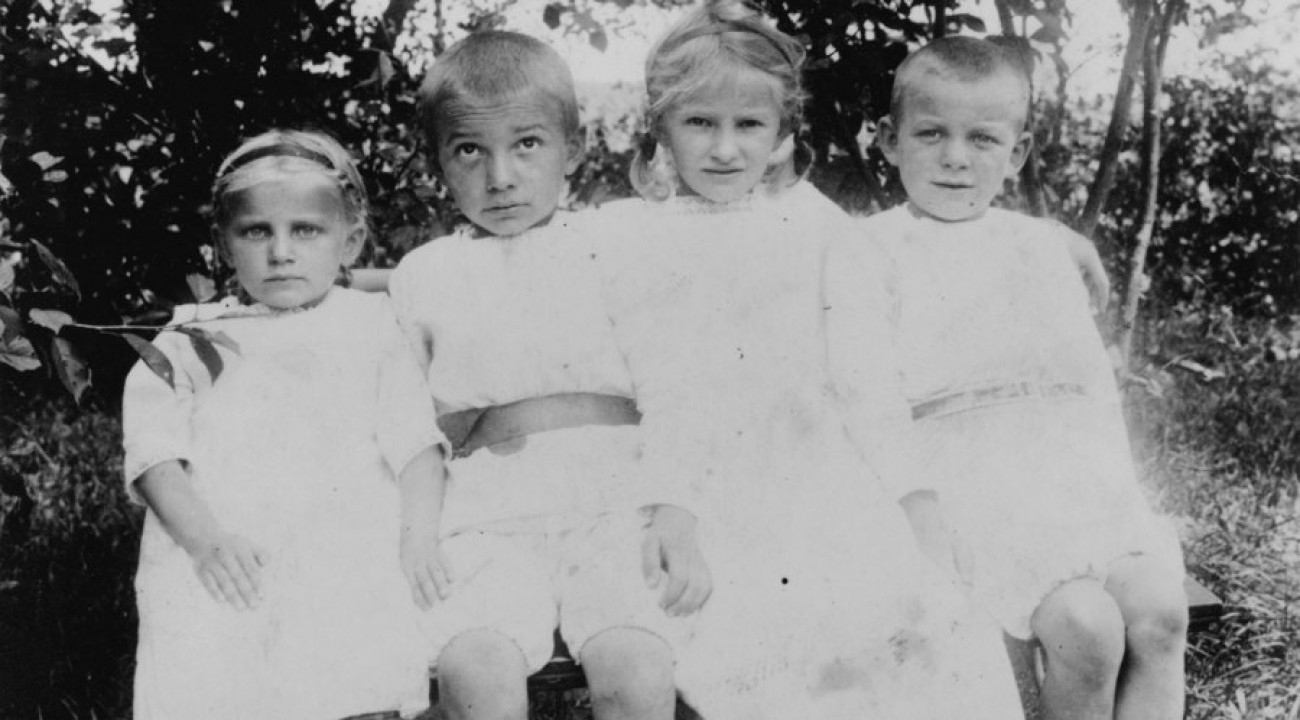
“Flies mottled densely the chipped enamel on the tacky clock face*” – reading Haupt’s prose comes with the risk of regular spells of astonishment. What is so wrong with this piece of a sentence that one wants to read it over and over again, aloud, aligning the facial muscles for all the contortions?
The pleasure can be compared to that of speaking in a foreign, distant tongue. Sonic density? A phrasal string with no commas? A series of inter-dependent modifiers?** Regardless of where lies the essence of these excerpts’ bizarreness, the reader is initially not at all certain of this sentence’s literary quality (and that of many others like it). The editors of stories have pointed out, in fact, that Haupt tends to make very frequent syntactic errors. To illustrate, here is the other part of the sentence quoted above, where the “face” loses its genitive and reappears in the accusative: “the face with a naive, tawdry little painting of flowers.” It will become apparent, however, that these malfunctions rather drive than slow down the language machine. We continue: “The pots on the smoky fireplace at the grating twelve strikes are rushed away from by the young, healthy woman holding a whining baby in her arm. Looking up at the clock, she hoists the weights rusty and black.” The elevated, inversion-heavy style transforms a rustic kitchen into a place where linguistic rhythm does its work, where words are measured by the clock, mottled by the familiar flies.
All this after one or two sentences. If one were to go through the stories at more length, however, all of this linguistic commentary comes to nought. Haupt’s gibberish is first and foremost a gigantic, heroic effort of braving the world’s tangle. This can also be effectively traced in the story “Dzień targowy,” also written in the 40s; here, the words-things directly describe the things-things laid out in the stalls, and the effort of getting them closer to one another, getting them to adjoin in parallel, becomes the more apparent. Here, just like first and last names, and place names in a few other stories, the author obsessively lists the wares: calico, horse harness, hens tied by their feet, sieves and scythes, pork fat, lard and sausages, wooden pipes and tin cockerels. And again – one would very much like to chant these excerpts, shout them out, or at least read them out loud. But first and foremost, to learn them by heart to always have this promise of compatibility by your side. As if many people’s dream of a word-specific, an object that is lying here, right next to us, by the real one, and referring directly to it came true.
In the story about the four seasons, “Entropia,” the same one with the “mottling flies” and the “rushing woman,” one can jot down in their Polish language study notebook that the sentences’ awkwardness is not noticeable on the level of the subject-predicate relationship – there occurs, however, a very telling description of an early-spring sky. At this time of year, “the black wetland waters faithfully reflect the azure rush.” The ground and its waters enter contact with the sky and mimic it, repeat it – this can be considered a variation or metaphor of language being compatible with things. But something else is more relevant here. Early spring marks the only period when “the sky is closest to the ground,” it abandons its constant “splendid isolation,” while during other seasons of the year it remains painfully distant and out-of-reach.
I am arriving at the gist here: apart from the effort of bringing words closer to things, in Haupt’s work there also occurs (dependent, of course, on the previous one, or at least akin to it) the effort of bringing the world closer, bringing the landscape closer to perception, familiarising it. To defeat this sky’s misfortunate isolation from the ground, the horizon’s from the eye, the world’s from man, one has to see the landscape in its closeness, to crawl into this space and feel its presence on one’s own skin. Touch is the sense that allows for the most direct contact with the bedding of the surroundings. Nevertheless, the moments when one can touch, with bare skin, the waters of ponds or the “rawness” of trampled grass on a bank, are extremely rare. On a daily basis, it is only sight – always fixed on something distant, mind you – that ties the pedestrian, the passer-by, the passenger with what passes by. And the stage of putting it into words will occur later, although the reader, out of necessity, will only be able to witness this second, or rather first type of effort through those words.
Nearly all of the stories, whose amount reaches almost a hundred, feature the element of a hike, a trip, movement, or a more static piece of landscape that one can gaze at. This also constituted a constant element of the life of Haupt himself; he moved around a lot, walked in the mountains, used the inheritance from his father to buy a motorcycle, and his first pay in France to travel to the Alps, and immediately upon being employed by “Voice of America” he applied for a loan to buy a horse. Numerous and various descriptions of landscapes and methods of transportation make the stories a kind of a phenomenological atlas, a review of sights from diverse angles, reliant also on the position and capabilities of the observing entity.
The story “Poker w Gorganach” is characteristic in this regard; it depicts the protagonist lost in the mountains, and as he enters a humble shepherd’s cabin he observes the “slanted world.” The hillside is very steep, a cloud is rushing by behind it, from beneath which the tips of firs stick out. A fragment of the slope which is visible from inside the shed is the only view, the only available snapshot of the world. After a while, the eye withdraws into the cabin, observes a few meagre objects lying around, a smouldering fireplace. The effort of describing only that which fits within the shot, whether in the foreground or background, with special attention given to the angles of planes, the visible fragments of shapes instead of the whole, which we can only guess at – it’s an effort not solely literary; it’s an experiment of a phenomenologist who is trying to studiously see before he diligently writes down. The troubles with aptly attentive seeing and writing are on occasion equally serious, but are not always one and the same.
The airplane from which the protagonist observes a vast extent of land, “earth that is stretched and torn, like lizard skin,” also becomes an exceptional laboratory of seeing (“Henry Bush i jego samolot”). The protagonist notes the distorted proportions, from up there everything is different and “immenser.” Here, instead of the “cone” that encompasses our vision “from the height of our posture,” the broad line of the horizon opens up. A test of perception, a sample of movement that changes seeing, may be horseback riding (“Tarok”), a ship at sea, where movement seems not to exist at all, and the surface of the water remains “an undeniable plane, a locked fat line of the horizon” (“W drodze na morzu”), skis, a military march, or simply the frame of a train window. In the latter case, the leitmotif is once again rhythm: the clatter of wheels, the “abysmal monotony” of telegraph poles, the “dissonance” of ramps, “millions of mole-hills” (“’Kiedy będę dorosły’”). The rhythm of passing by has its perspective and order, which is dependent on distance – the telegraph poles “fly backwards quickly, and the white birch trunks by the rails slip by less hastily, while the black net of deep-wood hornbeams stands unwaveringly still” (“Krzemieniec”), like sea waves watched from afar. In “Rigor mortis,” all of these rhythms beyond the window are accompanied by a foreground – the reflection of a girl’s face.
The sensitivity for rhythms is connected to Haupt’s intuition for language itself, whereas the awareness of lines, slants, tilts, planes, and perspectives can easily be ascribed to his painterly imagination. In this sense, an attempt at bringing the horizon closer, making it available for the senses, carnally close, not only entails the primal need for a close look and a following description, but also constitutes the readying of a foundation for the paint, which will precisely delineate visible patches, contours of trees and meadows. Should one analyse the metaphors that serve here to describe the landscapes, it becomes apparent that a surprising flattening of perspective takes place unusually often; an embedding of the landscape’s depth onto a plane in a painterly gesture, and simultaneously in a constant effort of bringing it closer to the eyes. Mountains like “screens cut out from sheet metal,” the forest as a brush, a snow-covered field like a sheet of paper through which crows and ravens fly like iron shavings drawn by a magnet, peasants against the scenery like moving commas, the thatch of the forest reminiscent of “one’s own wrinkled and callous skin,” finally – the dome of the close sky like a “glass bell of blue glass.” The landscape flattens out in the rain and in the fog, in the right combination of colours, or simply thanks to metaphor, a point of view. It flattens and thus becomes more familiar, readily comprehensible and describable. Man, like the flat bug mentioned in the story about the plane, exists in a rather two-dimensional than three-dimensional world. Thrown into the depth, the world’s three-dimensionality, into the untamed wild, he feels painfully incongruous, in his own mind becomes the more “flat, tinny,” exactly “as if he dropped by the English club uninvited and dressed inappropriately” (“Poker w Gorganach”). He longs for depth and yet, every time he manages to crawl into it, he blunders hard.
Perhaps it is this depth of scenery translated into the language of the plane that causes maps to be something extraordinary. Haupt compares the contour of the American continent drawn in meteorological brochures to ham, and provides detailed explanations of the rules according to which the landscape and weather have been translated into isobars, weather front borders, and wind directions (“Cyklon”). The Gulf of Mexico is like a green eye, with “the lash of Florida” above and the “Yucatán lid” underneath, the map is like a painting. A researcher of Haupt’s work, who by no mere coincidence is a map researcher as well, Andrzej Niewiadomski, point out in his book “Mapa. Prolegomena” that the symbols on a map reflect the wealth of being, but simultaneously “the time devoted to a map is time lost if we believe it will douse our yearning; the contrary is true.” The flat little tin man is stuck in constant isolation from the surrounding tangle, used to celebrating the moments when the sky draws closer to the ground for a while, steadily chanting clusters of words in his bizarre language.
*Unless stated otherwise, this and future quotations are free translations of excerpts from Haupt’s works (translator’s note).
**These intricacies, as well as some following ones, are lost in the English translation due to the relatively limited grammatical case system of the English language (translator’s note).
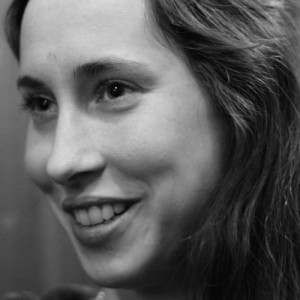 ZOFIA KRÓL, PhD | Editor-in-chief and head of the literature department of the dwutygodnik.com culture magazine. Has published in “Gazeta Wyborcza,” “Zeszyty Literackie,” and “Tygodnik Powszechny.” Literary critic and historian, PhD in philosophy. Author of the book “Powrót do świata. Dzieje uwagi w filozofii i literaturze XX wieku” (2013).
ZOFIA KRÓL, PhD | Editor-in-chief and head of the literature department of the dwutygodnik.com culture magazine. Has published in “Gazeta Wyborcza,” “Zeszyty Literackie,” and “Tygodnik Powszechny.” Literary critic and historian, PhD in philosophy. Author of the book “Powrót do świata. Dzieje uwagi w filozofii i literaturze XX wieku” (2013).


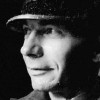

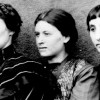
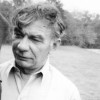
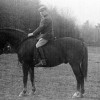

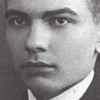
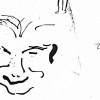
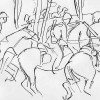
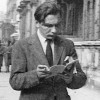
FIND US